Latest

Liver protein linked to weight loss during intermittent fasting
The protein helps convert white fat tissue into calorie-burning beige fat, providing a potential target for weight loss and obesity treatments.

Fast radio bursts lead scientists to the origins of magnetars
Links to observational data may have revealed the nature of magnetars and the origins of their extreme magnetic fields.
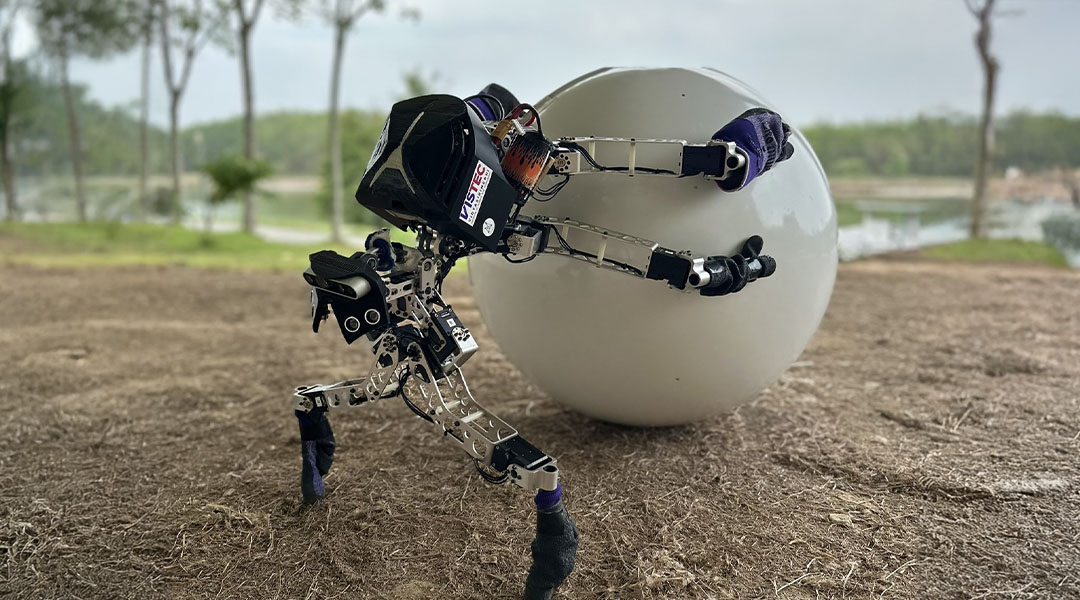
Dung beetles inspire a new generation of robot
Robots modelled after dung beetles leverage nature’s ingenuity with efficient, space-saving object-rolling mechanics.

Swirling clouds of axions around neutron stars could help scientists detect dark matter
Dark matter may be gathering in dense clouds around neutron stars, potentially making it easier to observe it from Earth.
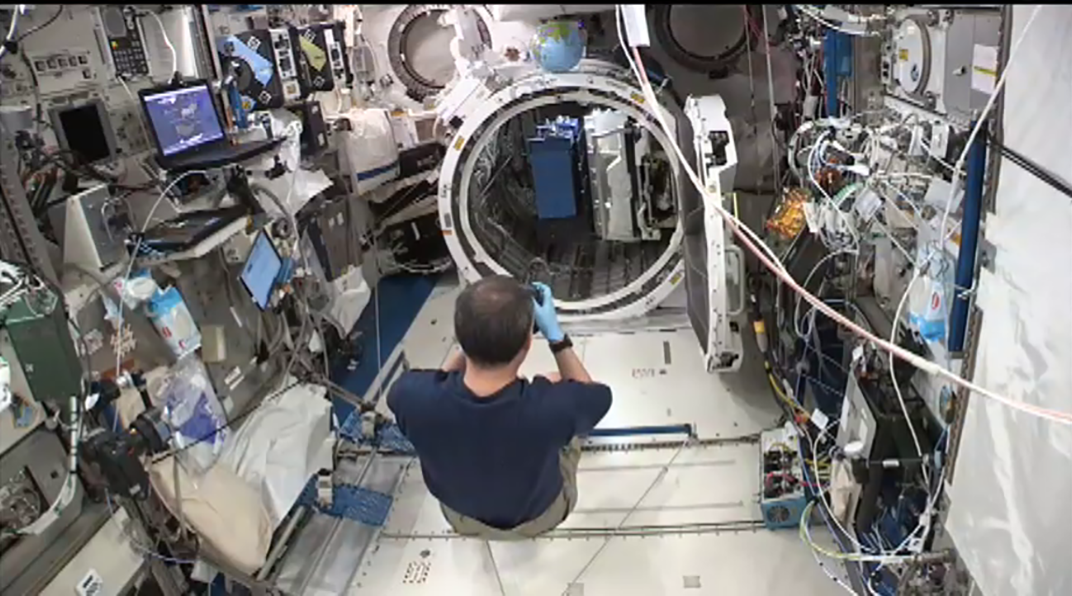
Cosmic radiation degrades medications on ISS, posing challenges for deep space missions
Cosmic radiation degrades medications like ibuprofen, highlighting the need for new “space” medicines with modified formulations.

Exploring quantum gravity with a simple pendulum experiment
Even tiny deviations in pendulum behavior caused by quantum gravity could be clearly noticeable, say researchers.
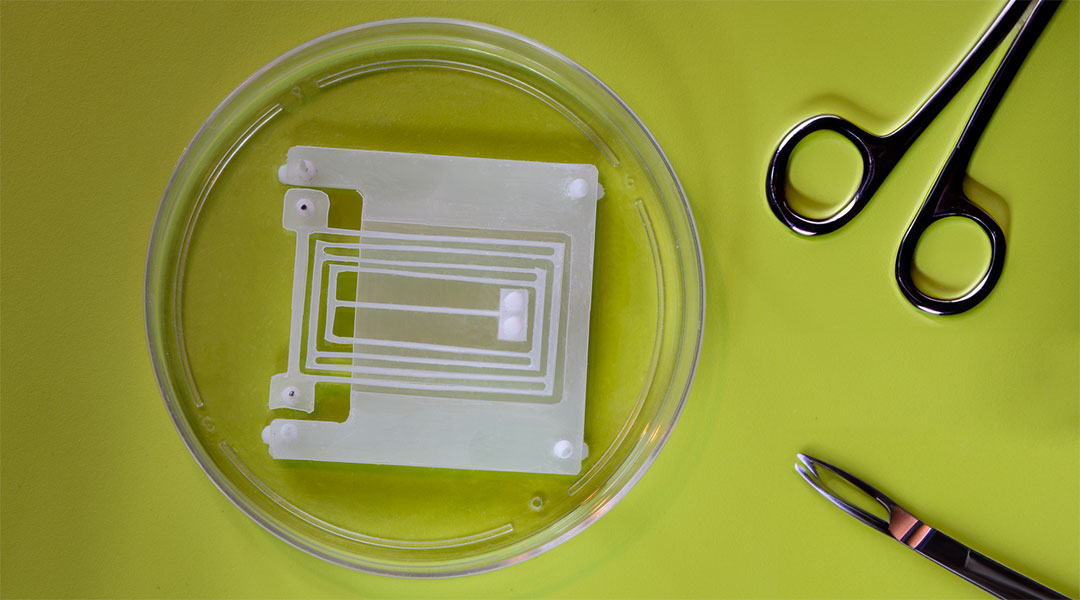
Future biohybrid robots to be powered by living muscle tissue
These biohybrid machines combine robotics with living tissues to create flexible robots powered by biology.
ASN Weekly
Sign up for our weekly newsletter and receive the latest science news directly to your inbox.

A breakthrough in nuclear fusion announced
After decades of experimentation, US scientists achieve ignition in a controlled fusion experiment for the first time.

Mechanical sensors inspired by crocodile skin
A uniquely sensitive, stretchable pressure sensor for prosthetics, soft robotics, and human-machine interfaces.

A self-breathing battery helps robots take a deep dive
A new battery design not only provides energy,not only provides energy, but facilitates automatic surfacing and diving mechanisms in electronic, underwater equipment.

Blood-curdling inspiration for mixed-size porous materials
Blood coagulation is a common but delicate physiological behavior and is inspiring new porous materials.

Building ultra-precise clocks thanks to quantum entanglement
Scientists use quantum entanglement to compare two atomic clocks achieving what might be the ultimate precision possible.

Ozone pollution disrupts genes controlling circadian rythyms
Study finds air pollution, specifically ozone exposure, has a disruptive affect on the genes responsible for circadian rhythms in the lungs.

Time ran slowly in the early Universe, just as Einstein predicted
Using quasars as ticking cosmic clocks, scientists took a journey back in time, discovering time progressed five times slower just after the Big Bang.
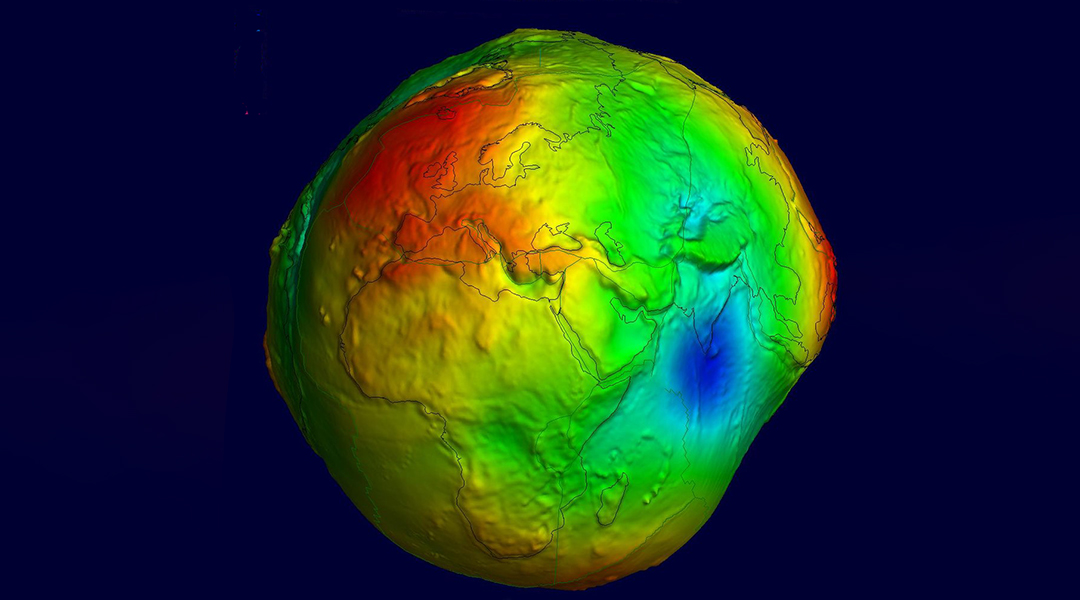
Mystery of gravity hole in Indian Ocean solved
The mystery around a region where Earth’s gravitational pull is weaker than other parts of our planet may finally have an answer.

AI detectors have a bias against non-native English speakers
GPT detectors wrongfully flagged a majority of submissions by non-native English speakers as AI-generated content, raising concerns about their use.
No Results Found
The page you requested could not be found. Try refining your search, or use the navigation above to locate the post.
No Results Found
The page you requested could not be found. Try refining your search, or use the navigation above to locate the post.
No Results Found
The page you requested could not be found. Try refining your search, or use the navigation above to locate the post.
No Results Found
The page you requested could not be found. Try refining your search, or use the navigation above to locate the post.
No Results Found
The page you requested could not be found. Try refining your search, or use the navigation above to locate the post.

A nanoparticle drug could one day help with weight loss
A nanotherapy could be used as part of a multifaceted strategy for individuals grappling with severe health implications of obesity.
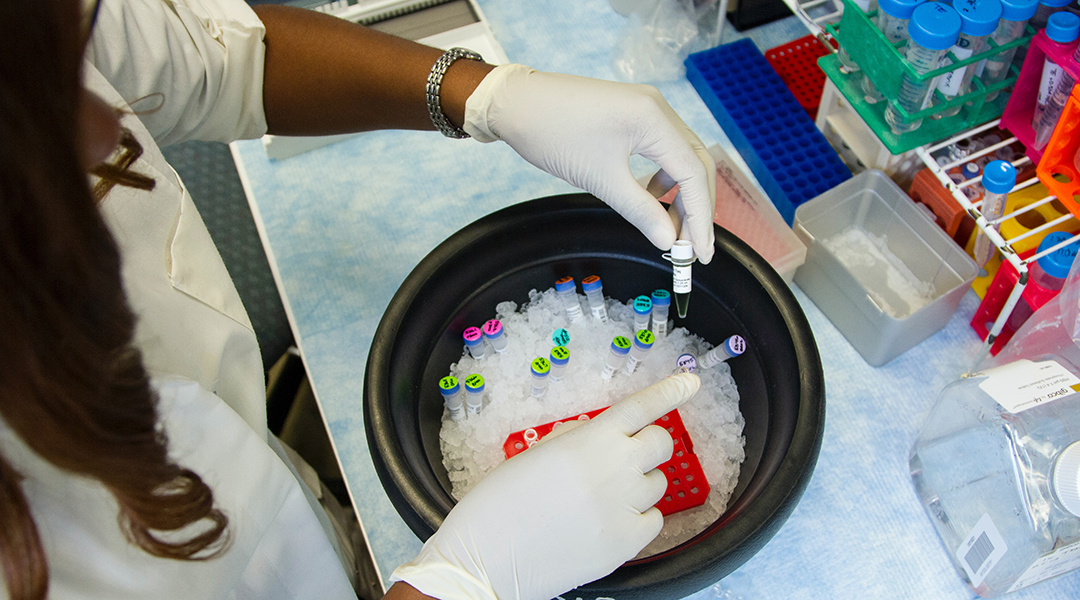
When diagnosing prostate cancer, two biomarkers are better than one
Many biopsies may soon be avoidable with the advent of an accurate biosensor for prostate cancer that detects biomarkers in the blood.
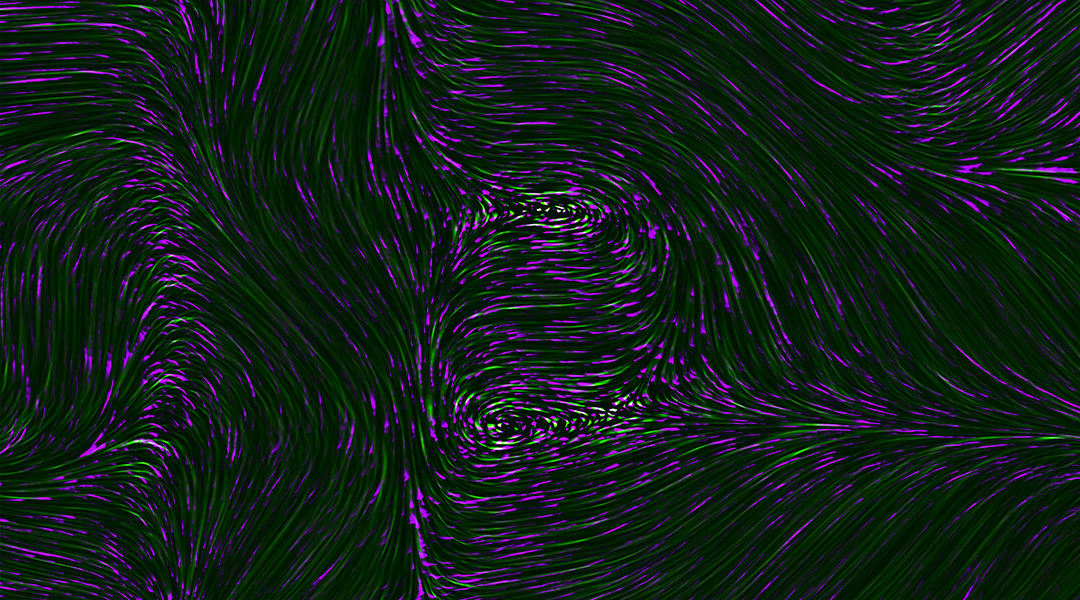
Getting to the bottom of chronic nerve pain
New findings point to the crucial role that mRNA modifications play in how the body regulates pain-related molecules.
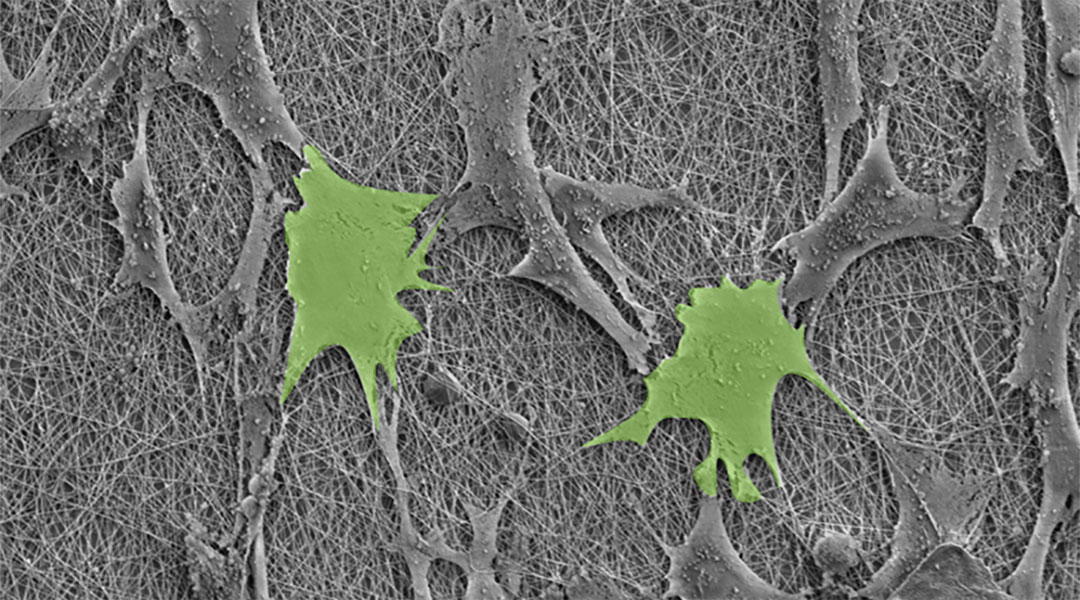
How a textile technology is supercharging stem cell growth
Weaving piezoelectric polymers into nanofibers reveals a surprising pathway to boost stem cell growth naturally, without external power.
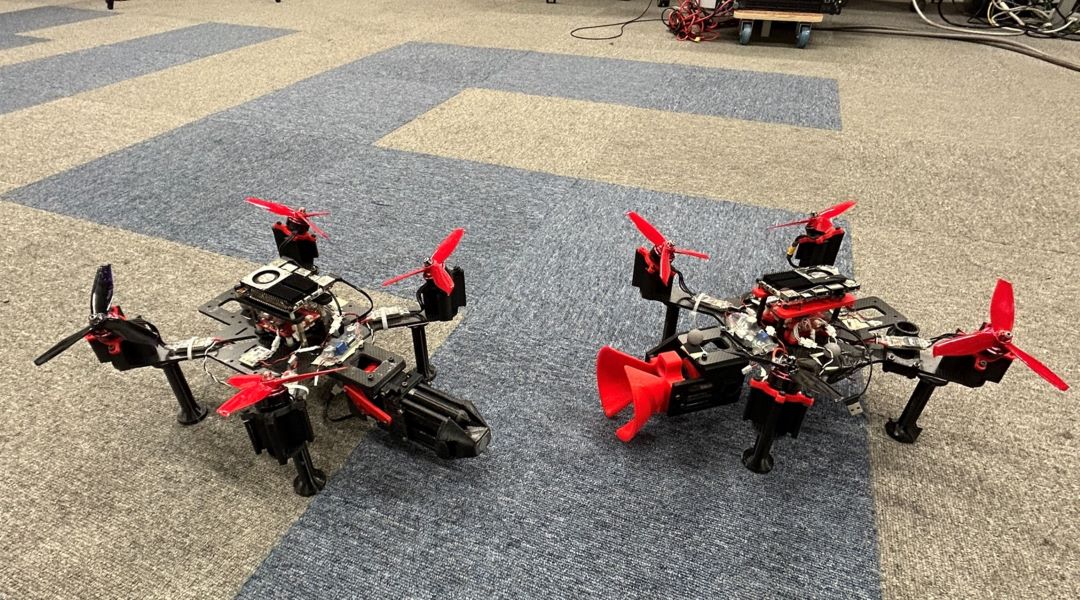
Up in the air: Modular robots assemble mid-flight
It may sound like something straight out of an anime, but TRADY is a rotor-based flying robot that can combine to boost its strength and capabilities.
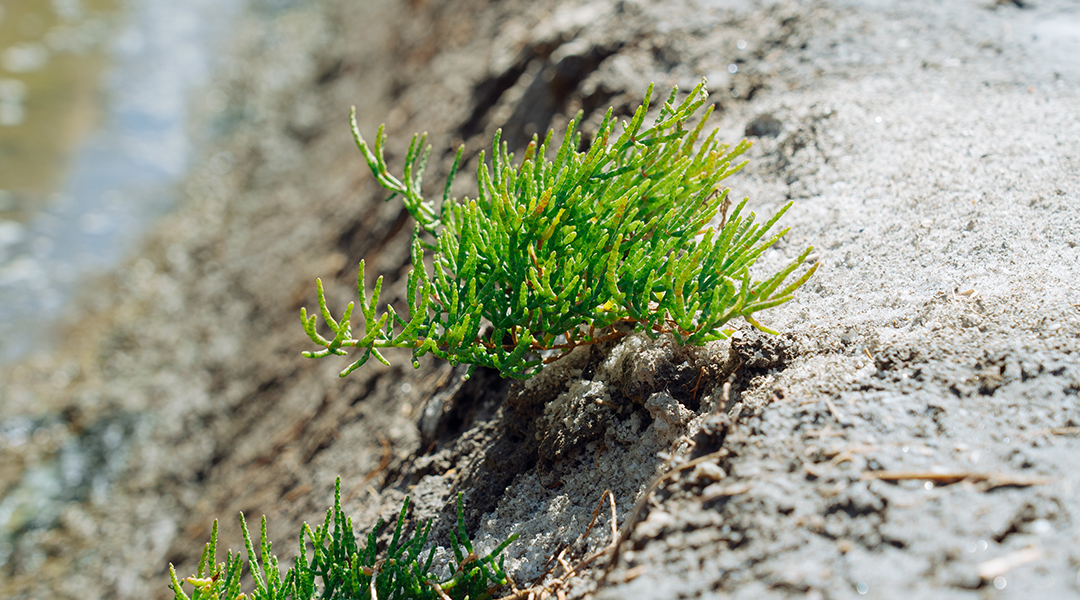
Heat and cold tolerant sensors to help robots in extreme climates
Inspired by sea asparagus, scientists design a conductive hydrogel that is stronger than natural rubbers and adapted for extreme environments.

How shape-shifting gratings and lenses are changing optical devices
Tuneable micro-structured surfaces could overcome the limitations of current unchangeable components that result in “static” optical devices.

Inspired by the butterfly, deep learning sheds new light on nanoscale colors
Manipulating light on the nanoscale allows scientists to create specific structural colors that do away with the need for potentially harmful dyes.

Carbon pricing is not at odds with environmental justice
Carbon pricing has been highly criticized, but designing policies to address concerns can yield outcomes that are effective and equitable.
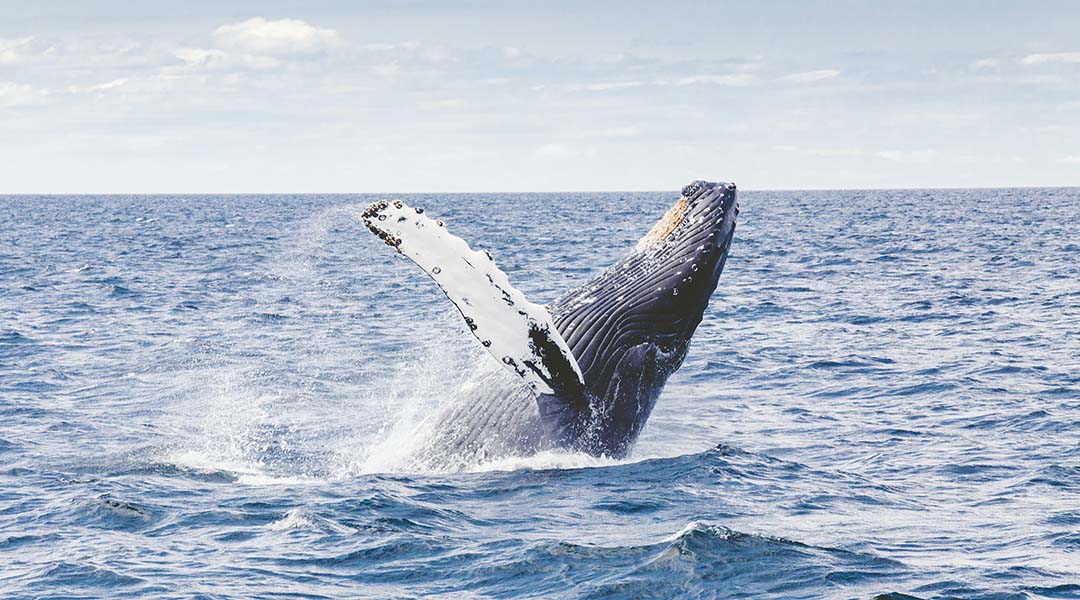
Whales are giving up singing to attract mates
As humpback whale populations increase, two decades worth of data finds they are shifting from singing to fighting as their preferred mating strategy.
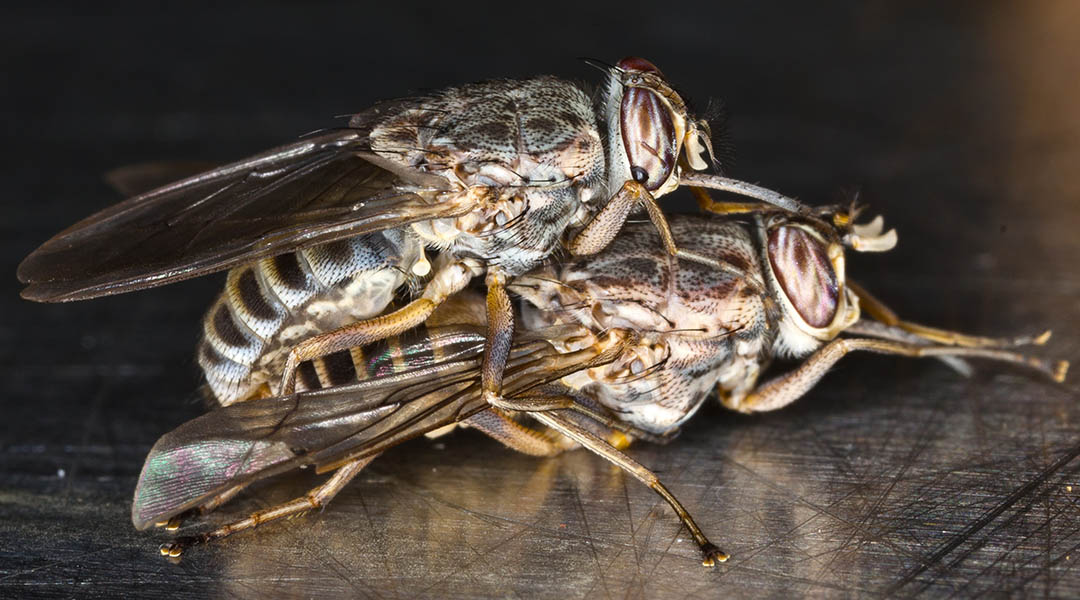
Isolated tsetse fly pheromones could help get sleeping sickness under control
Understanding the chemical language of love used by tsetse flies helps combat the spread of a lethal human parasite.

Century-long decline of pollinators in northern regions
Data collected over the last 100 years in northern Finland demonstrates drastic changes pollinator species linked to climate change.

Quantum tunneling may have ruled out a popular theory of dark matter
The composition of dark matter remains a mystery, but a new theory involving quantum tunneling may have eliminated some candidates.

Could dark matter be measured around black holes?
Dark matter could be aggregating around black holes, providing a possible means of indirectly measuring its properties.

A paranoid experiment to test the future quantum internet
A group of scientists have carried out one of the strongest tests of quantum phenomena by observing nonlocality in a network.

How does rotation affect the quantum properties of electrons?
A study explores how the behavior of electrons changes on the mesoscale under magnetic fields and rotation.



